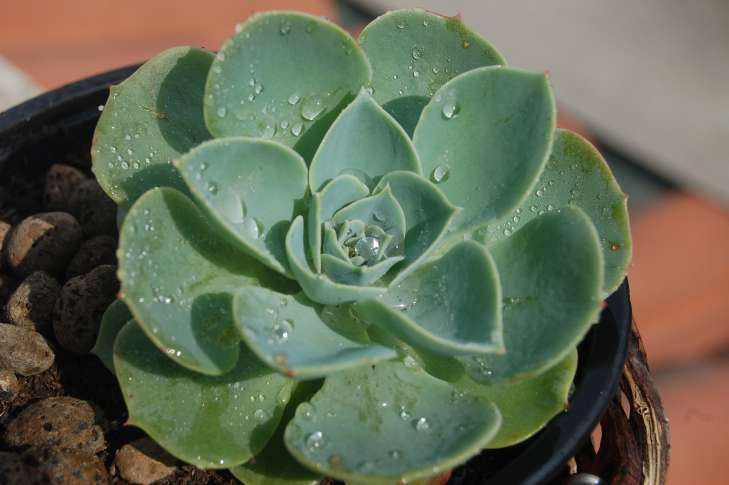Echeveria: How to Grow
You can take any pot. Nevertheless, it is better to give preference to clay or ceramic.
How fast does echeveria grow
The leaves are separated from the rosette, dried, conditions for rooting are created, after which the leaf forms a small new rosette, from which a new plant grows.
This usually takes 3-6 months.
What kind of land is needed for echeveria
Using 60% fertile loose soil (for example, leaf or turf) and 30% sand.

If the flower has a strong and thick root system, then it is better to add a little loam to the substrate.
How to plant echeveria correctly
Echeveria is planted in wide, shallow flowerpots, since its root system is located close to the surface.
A thick (one-third of the pot) drainage layer must be placed at the bottom of the pot.
Do I need to water Echeveria
In the hot season, you need to water the echeveria 1-2 times a week, the top soil layer should be completely dry.
After watering, excess water must be drained.
You need to water carefully, without getting into the rosette of the flower.
By the end of autumn, watering is reduced to once a month; in winter, watering is even less frequent.
How to grow
To get rich leaf color and a beautifully shaped rosette, echeveria needs to be grown in the sunniest possible location.
Too little sun causes Echeveria leaves and shoots to become excessively elongated, and the plant loses its attractive appearance.
Echeveria grows best at room temperature (20-23°C during the day).
Previously, we talked about how to grow adromiscus.

